Who remembers “photo albums”?
Yes, I’m sure most people do, but then the next question, “When did you last look at a photo album?” might be harder to answer. This post is both a lesson and a story. I want to show the value of the printed image and tell a bit of my Mother’s story related to some prints I have.
These days most people (myself included) take digital photos and store them either on their phone or computer. The percentage of images printed has dropped dramatically. “Back in the day” you got a set of prints with your negatives from every roll of film you shot. Now we shoot millions of photos, post them, save them, share them – but rarely make a good hard copy. Are the photos less interesting? Are they less valuable? Why should we even bother making prints?
Prints are a physical archive of our lives.
There will soon be a day when children can’t look through a shoe box full of old photos and see the everyday activities of their parents and grandparents. This would also have been true for older generations before golden age of film photography. I grew up in the 1960s when almost everyone had a camera and would take photos of the birthdays and other events during the year, as well as the mundane moments that make up our lives. These images were printed and then some were kept, some got tossed. If we’re lucky, we have a box or two left over that we can rummage through and try to relive those moments.
There are also the older photos of relatives long passed. If someone made an effort and wrote names on the back of the photos, their names live on. We might remember faces and put names to them, but will the next generation? Will these people’s memories live on, or will their story ever be told again?
I’m going to post a few photos here that tell a small part of my Mother’s story. I do have more photos, but these are some of the older ones, and tell a little about her life as she grew up.
Meet Ann Muriel Reavley
My Mother was born in 1926 to Herbert and Muriel Reavley in England. Her Father was a ship’s captain and had spent his life at sea, leaving to work the tall ships when he was 14. Her Mother worked as a dressmaker. Below is their wedding photo. Everyone is dressed in black due to a recent death in the family.
Attached to the photo was a piece of paper (shown below the photo) with the names of the wedding party. Thanks to a couple of people taking the time, the names get associated with the images and these people live on.
My Mother was born in 1926 and her curly locks had everyone comparing her to Shirley Temple. I don’t know much of her childhood, but once she was of school age, she (like many of her time) went off to an English boarding school. According to Mom the most important thing she learned there was “how to fight”. She was also repeatedly whacked on the hands for writing with her left hand (until her Mother stepped in). Oddly enough, there are no photos from her boarding school years.
But she survived that until World War II broke out. She learned that she would become a war refugee and travel from England to New Jersey to wait out the war. This was a great change for her, and rather than being scared, she was very excited – mostly to get out of boarding school!
She crossed the Atlantic on the HMS Pacific Grove. Her Father was the Captain. From the photo album, it seems she traveled with another girl, Kate, and they safely arrived in the United States.
She was placed with a series of foster families, and finally settled in with one family and they became life-long friends. From the stories I’ve heard, this was one of the best times of her life. She made new friends, had a dog, and went to high school, where I assume there were less fights. From the photo album of this time, she led a great life with horse shows and other fun activities.
This era came to end when she was called back to England to help with the war effort. She joined the WRENS (Women’s Royal Naval Service) and was given a choice of two jobs: Working in a kitchen or a ‘secret’ job they couldn’t tell her about. Mom figured there couldn’t be anything worse than working in a kitchen, so she took the ‘secret’ job, which turned out to be working as a typist at Bletchley Park where they were frantically trying to break the Nazi codes.
The photo above shows Mom in her WREN uniform, her Father in his Merchant Marine uniform and her Mother (who did her part for the war effort by bringing an unexploded bomb from her neighbourhood into the local police office in her shopping bag). Her Father was awarded an OBE for his war-time efforts, which included removing an unexploded bomb from his ship.
From the stories I’ve heard, this was also a good time for Mom, as she made friends and they would sneak off to the pub when they weren’t working on code-breaking.
After the war, she met my Father and they were married, and soon emigrated to Canada with my oldest brother, William.
So here we are reliving a story and learning about someone, and it is the photos that bring this story to life. The photos that were printed, saved for almost 100 years and will be soon be passed on to my Nephew Zack. Through each generation, the stories get lost, the lives and names get forgotten, but these are the people who got us here. Their stories should live on.
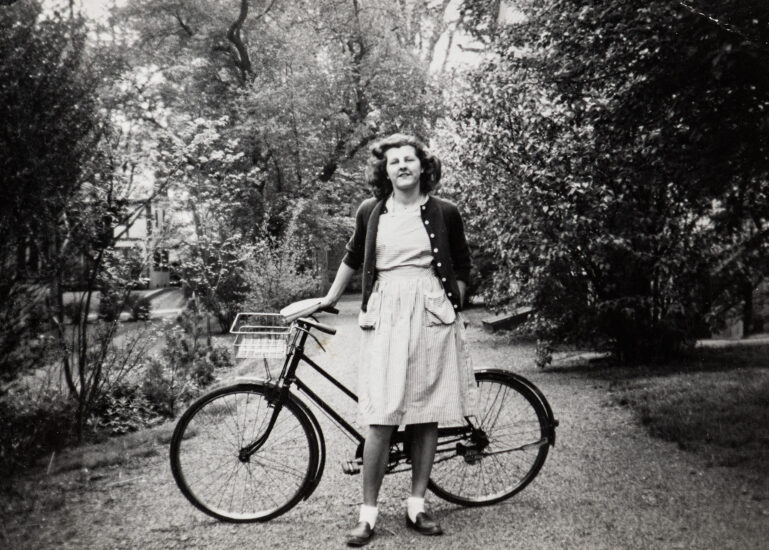
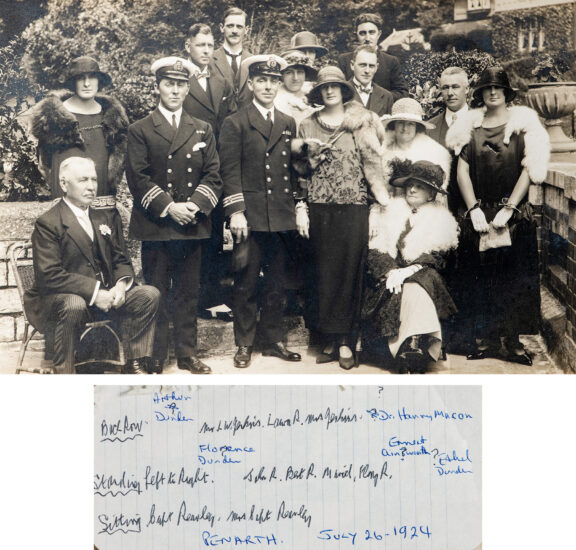
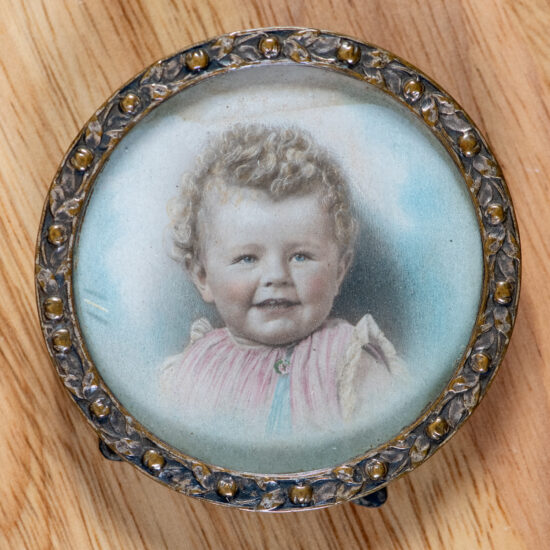
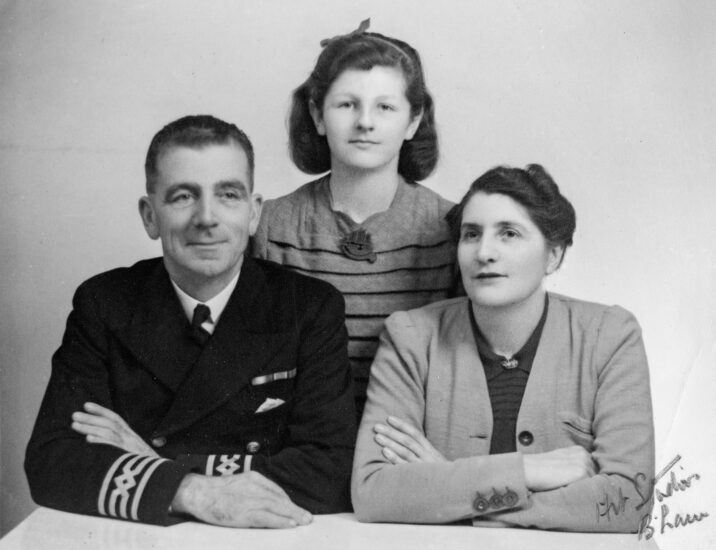
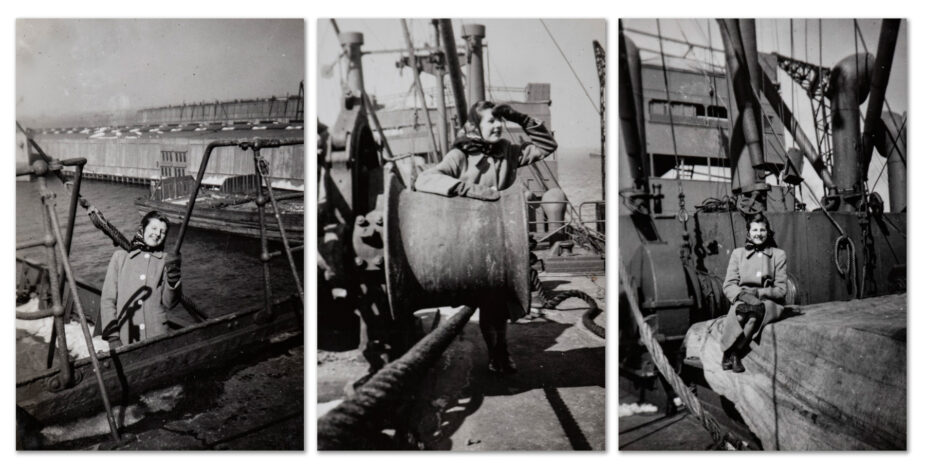
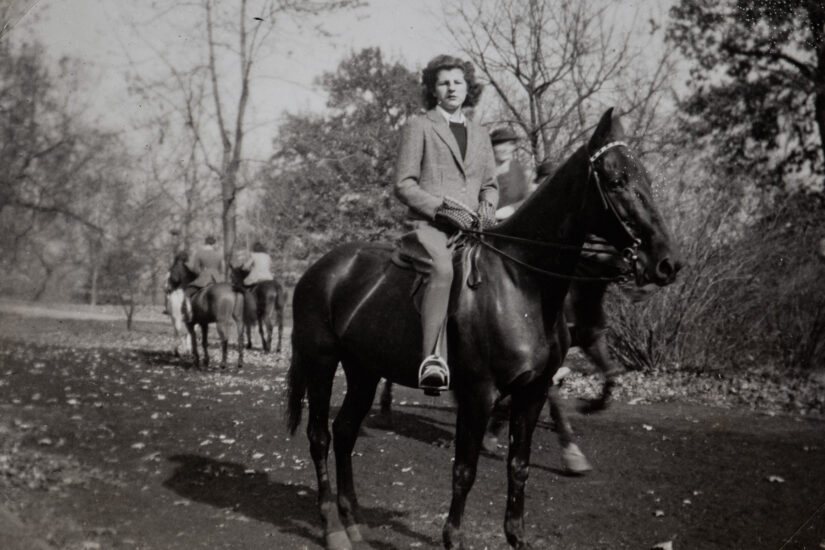
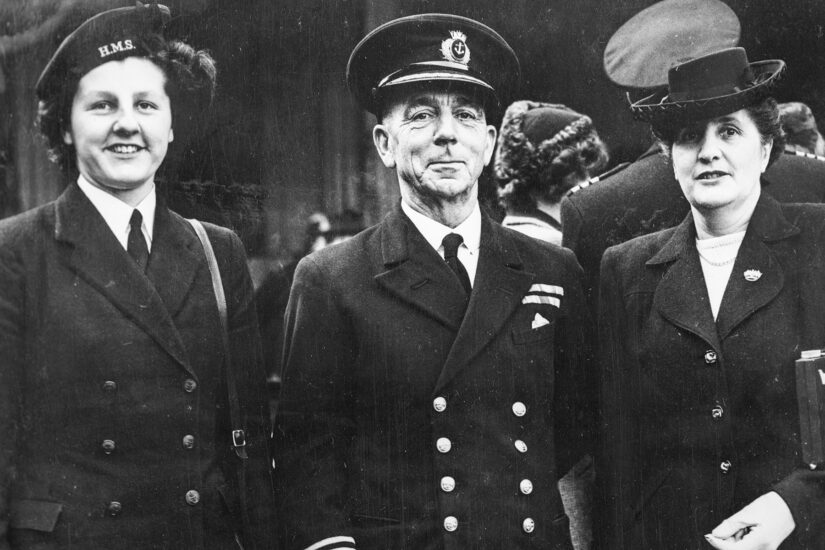

Absolutely wonderful photo-story, Art! Thank you for sharing with us!